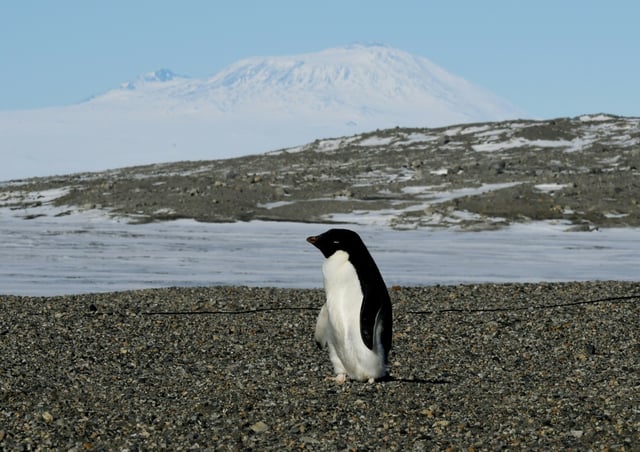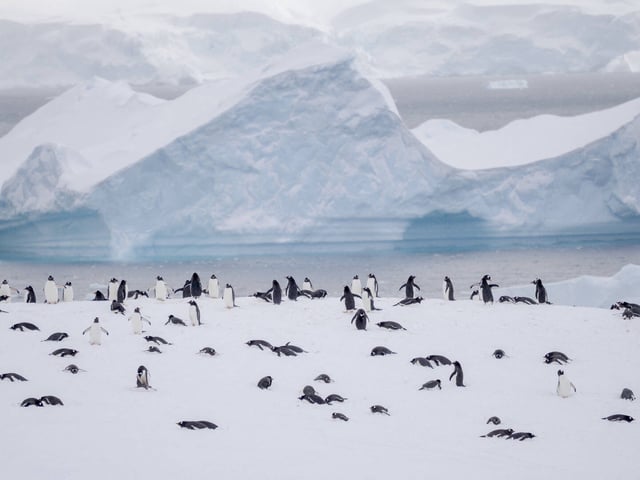Overview
- Scientists measured ammonia levels up to 1,000 times higher than normal near a 60,000-strong Adélie penguin colony on Antarctica's Seymour Island.
- Ammonia from penguin guano combines with sulfuric acid from marine phytoplankton to form aerosols that act as cloud condensation nuclei.
- The resulting clouds may influence Antarctic surface temperatures, though the extent of their cooling effect remains uncertain due to the region's high albedo.
- Researchers warn that declining penguin populations could weaken this cloud-forming process, potentially accelerating local warming.
- The findings, published in *Communications Earth & Environment*, highlight the need to incorporate biological emissions into climate models and conservation strategies.



